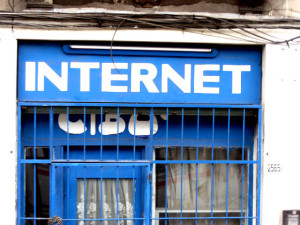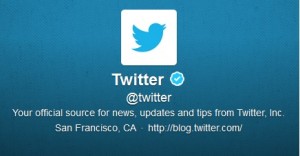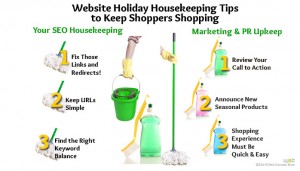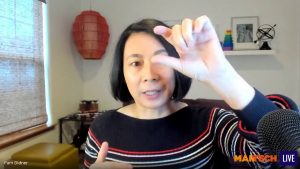by Chuck Martin, Staff Writer, July 20, 2016
![]()
Beacons are helping shoppers find what they want.
The beacons installed at retailers and restaurants in one of the earliest and wide-spread deployments are driving consumer engagement and sales.
That’s what’s happening on the mile-long Regent Street, the Fifth Avenue of London, where beacons are sending messages to shoppers as they walk by.
Now just over two years since the beacons were deployed, the company behind the location-based program has learned a thing or two.
I just checked in with Henry Lawson, CEO of AutoGraph, the company that deployed and runs the Regent Street beaconing program for the association, for an update on the status of the program and to see what has been learned.
One of the key learnings is that AutoGraph can determine what people like and use that information for cross promotions between stores.
“We have an incredible set of data of cross correlation of stores,” Lawson said. “If someone shops at Burberry, for example, we can tell if they are more or less likely to shop at, say, Apple.”
In addition to location and traffic information, the Regent Street app actually has a pretty rich starting point.
When a person downloads the app, they see a personalized interest graph where they swipe things they like and dislike, creating an interest profile, which is then used for the Regent Street beaconing. Almost all of the people using the app create an interest profile.
Regent Street comprises 130 retail stores (Burberry, Hugo Boss, Godiva, etc.) and is owned by The Crown Estate, the property company of the Queen, and run by The Regent Street Association.
The Regent Street app aggregates almost all the shops on the street, comprising about 110 retailers and restaurants.
Regent Street also found that the range of the beacons had to be fine-tuned based on pedestrian traffic.
“If the range is too big, it’s a problem,” said Lawson. “If it’s too small, they pass by the store before the message arrives.”
AutoGraph adjusted to beacons to accommodate the average speed of people who walk in London.
Counter to some perceived images of shoppers being constantly bombarded with beacon-triggered messaging, the Regent Street beaconing is measured, as are most of the leading beacon implementations.
The same message from the same store is not repeated within a five-day period.
“We have not received one complaint,” said Lawson.
Usage rates are relatively high, with almost half (48%) of those with the app using it more than two times a month.
Regent Street stores are getting a 10-times uplift in offer redemption from beaconing, according to Lawson.
Interestingly, of the high users, 63% are using the app to plan visits to restaurants.
It turns out that usage is pretty evenly split between residents who may work in the office buildings that surround Regent Street and those from outside the U.K., which account for 30% to 40% of all app downloads, Lawson said. Many of those are likely tourists.
Shopper interests also are tracked via click-through activity. Beacon-triggered offers are sent if there is a 90% chance of relevancy, based on initial consumer selections and app clicks.
Unlike some other beacon implementation, AutoGraph does not retain any phone location information and the shoppers are completely anonymous all the time.
The interesting twist in the Regent Street beaconing is that location is tightly linked to personal, self-defined interests.
The masses of smartphone owners walking down Regent Street may not get beaconed. But those who do are likely to be the right people. More importantly, they are likely to receive the right offers.
—————————————————————
Samsung, UnderArmour, Microsoft and Philips Lighting presenting at the MediaPost IoT Marketing Forum Aug. 3 in New York. Check out the agenda here.
MediaPost.com: Search Marketing Daily
(90)
Report Post






